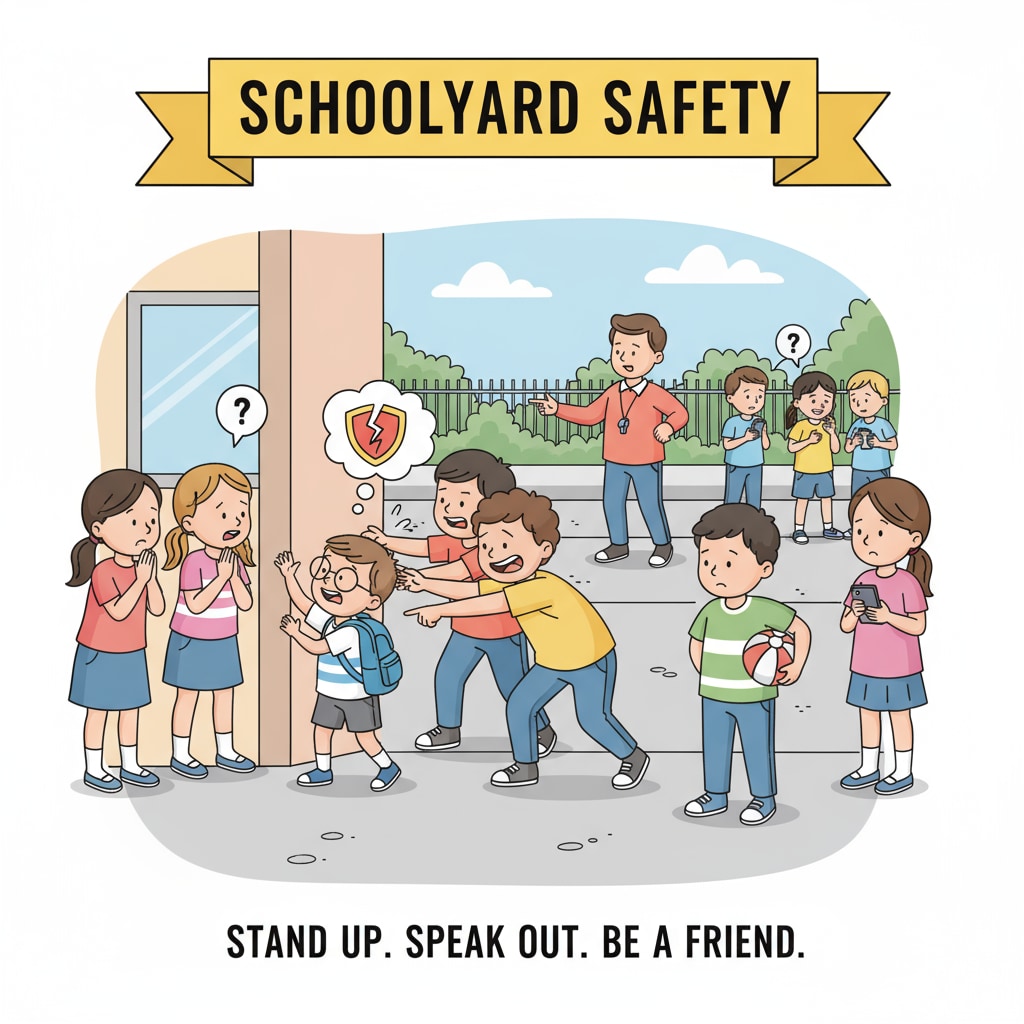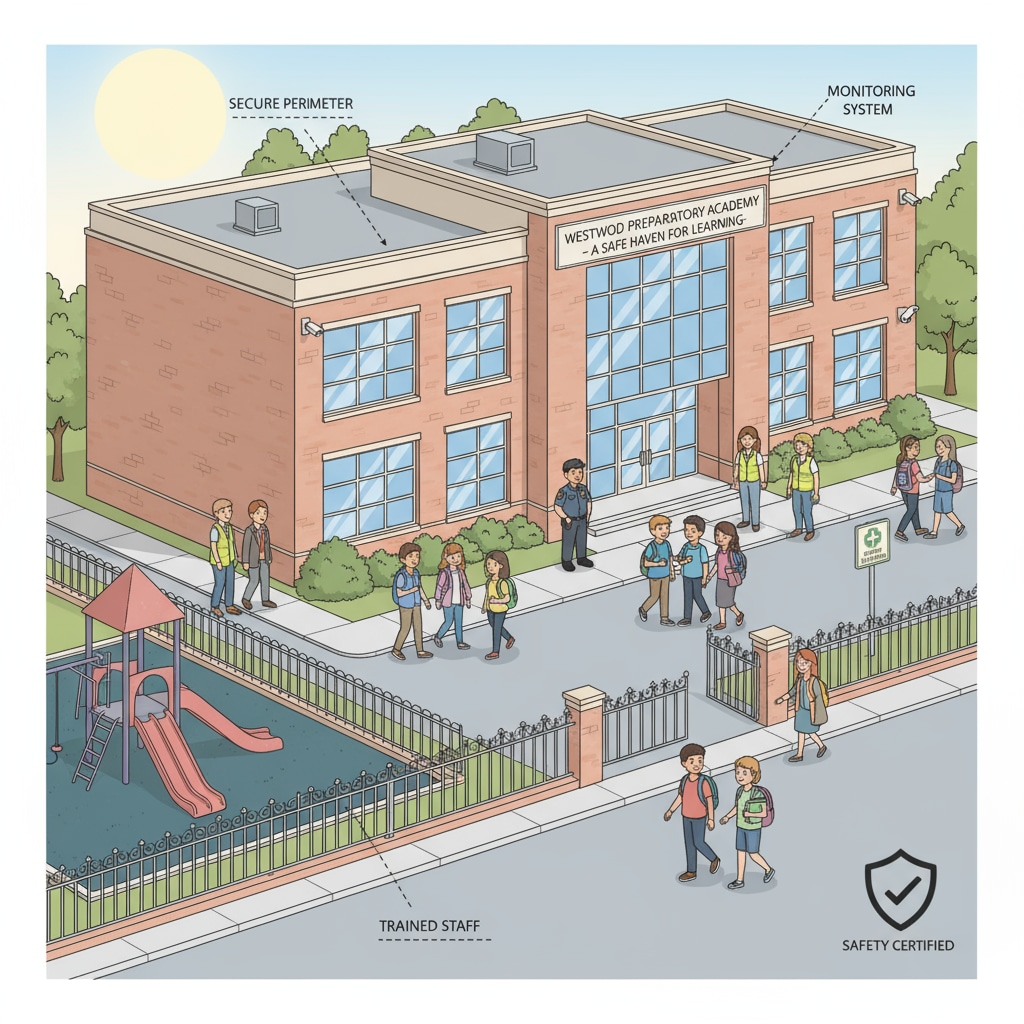School bullying, school safety, and parents’ rights protection are crucial issues that every parent and educator should take seriously. When a child experiences bullying at school and the principal fails to take appropriate action, it can be extremely distressing for parents. Let’s explore the various aspects of this situation and how parents can effectively respond.

The Harms of School Bullying
School bullying can have far – reaching negative impacts on the victim. Physically, the child may suffer injuries, which can range from minor bruises to more serious harm. Psychologically, it often leads to low self – esteem, anxiety, and even depression. For example, a bullied child may become withdrawn, lose interest in schoolwork, and experience difficulties in concentrating. According to StopBullying.gov, these emotional and psychological effects can persist long after the bullying has stopped, affecting the child’s overall development and future well – being.
The Absence of School Responsibility
When the principal fails to handle a school bullying case, it reflects a significant lack of school responsibility. Schools are supposed to be safe havens for students, and it is their duty to prevent and address bullying incidents promptly. However, sometimes due to various reasons such as insufficient resources, lack of proper training for staff, or simply negligence, the school may not take appropriate measures. This inaction not only fails to protect the victim but also sends a wrong message to the bullies, potentially allowing the bullying behavior to continue and escalate. As stated on the official website of the US Department of Education, schools play a vital role in maintaining a safe and inclusive learning environment.

Legal Avenues for Parents
In such situations, parents should be aware of their legal rights. There are laws in place to protect students from bullying. For instance, in many regions, anti – bullying laws require schools to have clear policies and procedures for dealing with bullying. Parents can consult a lawyer who specializes in education law to understand how these laws apply to their case. They may also file a complaint with the local education department if the school’s inaction persists. This legal approach can put pressure on the school to take the matter seriously and ensure that justice is served.
Collecting Evidence
Evidence is key when dealing with school bullying. Parents should encourage their child to report every incident as soon as possible. They can then collect evidence such as eyewitness accounts, photos or videos of the bullying, and any written communication related to the incident. This evidence will be useful when presenting the case to the school or other relevant authorities. For example, if there are text messages where the bully threatens the victim, it can be strong evidence of the bullying behavior.
Joint Actions with Other Parents
Parents can also consider joining forces with other parents whose children may have experienced similar bullying. By forming a united front, they can increase the pressure on the school to take action. This could involve writing a collective letter to the school administration, organizing a meeting to discuss the issue, or even staging a peaceful protest if necessary. Working together can make the parents’ voices louder and more difficult for the school to ignore.
Providing Psychological Support to Children
While taking external actions, parents should also focus on providing psychological support to their bullied child. Spend quality time with the child, listen to their feelings, and reassure them that they are not to blame. Consider seeking professional help such as a child psychologist or counselor if the child’s emotional distress is severe. This support will help the child recover from the trauma of bullying and build resilience.
In conclusion, when facing the situation of a principal’s inaction in the face of school bullying, parents have multiple options to protect their child’s rights and ensure school safety. By taking these steps, they can work towards creating a safer and more inclusive environment for their children at school.
Readability guidance: Each section here presents a key aspect of dealing with school bullying. The lists and short paragraphs make the information clear and easy to understand. Transition words like ‘however’, ‘for example’, and ‘in addition’ are used to connect ideas smoothly. The focus is on providing practical advice for parents in the context of school bullying, school safety, and parents’ rights protection.


